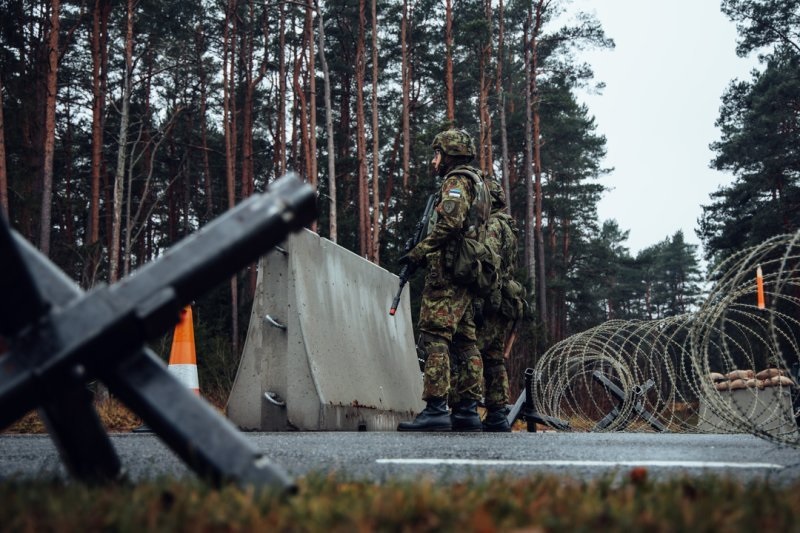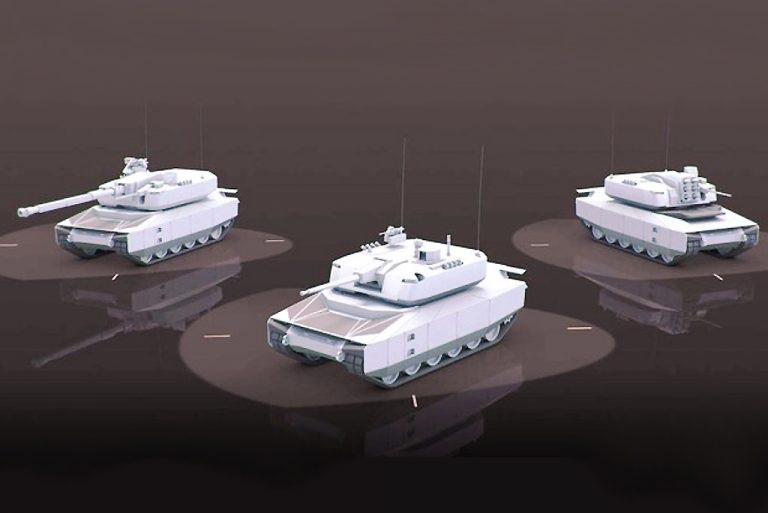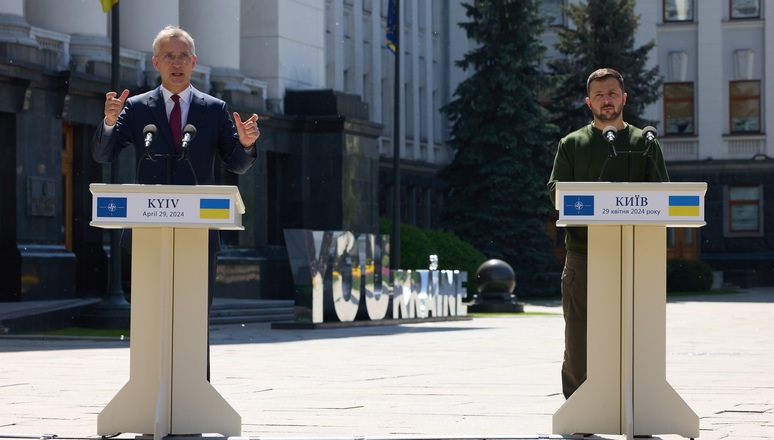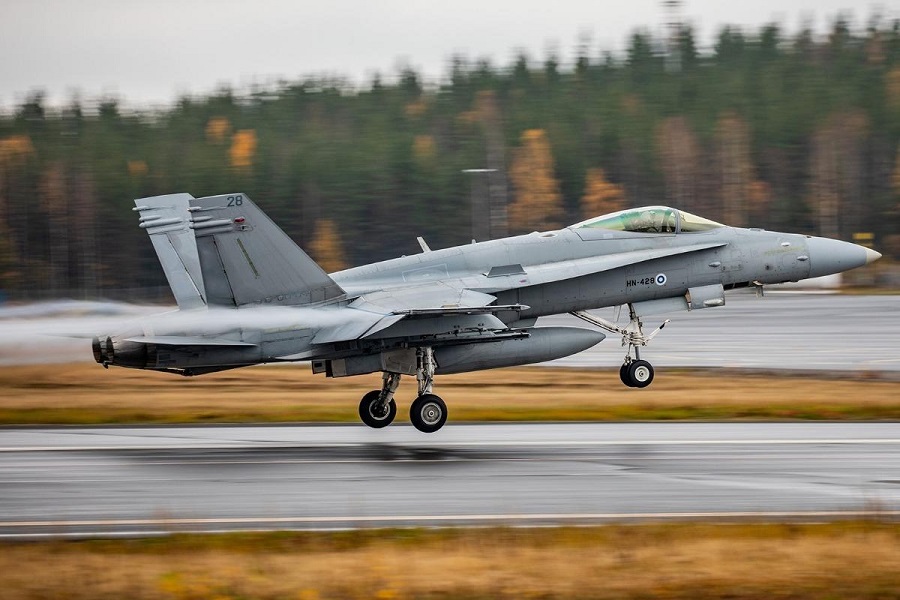“To build the anti-mobility defensive installations is a carefully considered and thought-out project, the need of which stems from the current security situation. Russia’s war in Ukraine has shown that, in addition to equipment, ammunition, and manpower, physical defensive installations on the border are also needed to defend Estonia from the first meter,” said Hanno Pevkur, Minister of Defence of Estonia. He emphasized that the purpose of defence installations is to prevent a military conflict in our region. “We are undertaking this effort so that the people of Estonia can feel safe, but if the slightest risk emerged, we would be ready for various developments more promptly,” Pevkur added.
The concept of defensive installations is based on the decisions made at the NATO Madrid Summit which emphasized that Allies must be ready to defend the territory from the first meter and new regional defence plans must be developed. The concept combines prevention and field security measures. Elements on the terrain support the activities of the defending units at the base points to stop the aggressor´s troops if necessary. The elements are positioned in the landscape, taking into account the results of the analysis of the enemy´s intent, the environment, and the defence plan. The Baltic countries are one area of operations, and therefore defence installations will be built in coordination with Latvia and Lithuania.
In peacetime, no explosives, cutting wires or other obstacles are placed on the border of Estonia. Instead, a network of bunkers, support points and distribution lines is established. The building process is carried out in cooperation with local communities and with the agreement of landowners.









![Mobilising artillery – developments, challenges and the Russo-Ukrainian war [LONG READ]](https://defence-industry.eu/wp-content/uploads/2023/08/European-Union-supports-Ukraine-with-substantial-artillery-ammunition-deliveries.jpg)

















